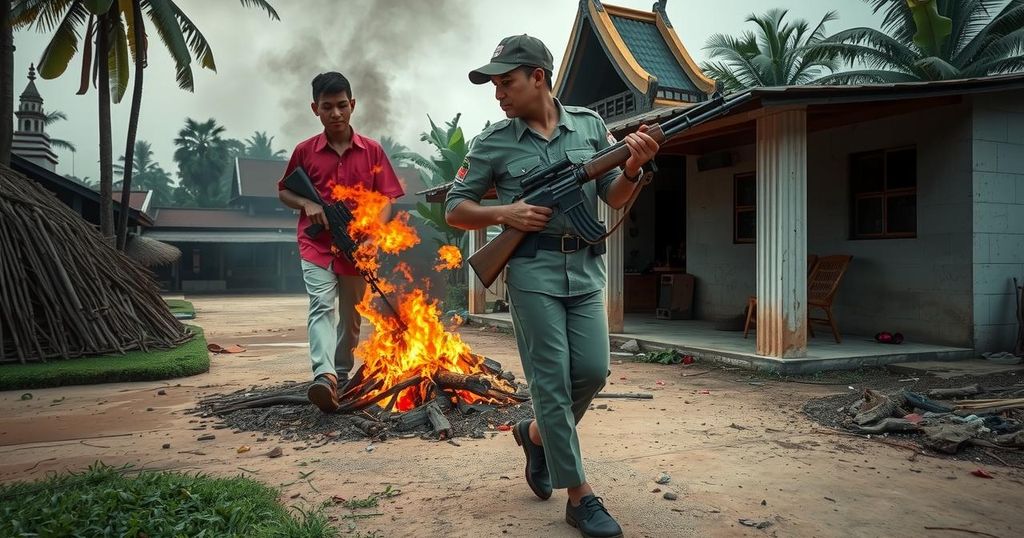The ousting of Prince Sihanouk in 1970 by Lon Nol initiated a brutal civil war in Cambodia, exacerbated by U.S. intervention. Ultimately, the Khmer Rouge seized power in 1975, leading to a regime characterized by mass executions and forced collectives, resulting in the deaths of approximately 1.5 million Cambodians. This dark chapter of Cambodian history remains a stark warning of the dangers posed by radical ideologies and totalitarian governance.
The historical landscape of Cambodia during the 1970s was marked by political turmoil and civil strife. In March 1970, while serving as head of state, Prince Sihanouk was ousted from power by a vote from the National Assembly, leading to Lon Nol’s ascension and control over the government. In response, Sihanouk sought refuge in Beijing, forming a government-in-exile supported by China and North Vietnam, which collaborated with the Cambodian communist forces previously in conflict with Sihanouk’s regime. The ensuing civil war drew Cambodia into the larger Vietnam War, spurred by U.S. and South Vietnamese interventions. After enduring fierce battles with North Vietnamese forces and considerable American aerial bombardment, the Lon Nol government lost viability, ultimately succumbing in April 1975 when Khmer Rouge forces took Phnom Penh, mandating a mass exodus from urban areas.
The Cambodian civil war stemmed from complex political dynamics involving the U.S., Vietnam, and Cambodia’s local factions. The shift in power from Prince Sihanouk to Lon Nol marked a significant turning point, leading to extensive conflict as Sihanouk’s memory and legitimacy endured among various factions, despite his diminished power. The rise of the Khmer Rouge, driven by radical Maoist ideology, propelled drastic social reforms that sought to abolish private property and collectivize agriculture, resulting in severe humanitarian crises and widespread atrocities. Pol Pot’s regime is tragically remembered for its extreme brutality, echoing similar historical events worldwide.
The Cambodian civil war and subsequent rise of the Khmer Rouge underscored the profound consequences that political upheaval can inflict on a nation. The radical policies enacted during this period led to unprecedented loss of life and suffering, with estimates indicating 1.5 million died under Pol Pot’s regime. The international community’s response to these atrocities only grew as the truth emerged. Understanding this period is crucial to recognizing the fragility of civil order and the dire implications of totalitarian rule.
Original Source: www.britannica.com






